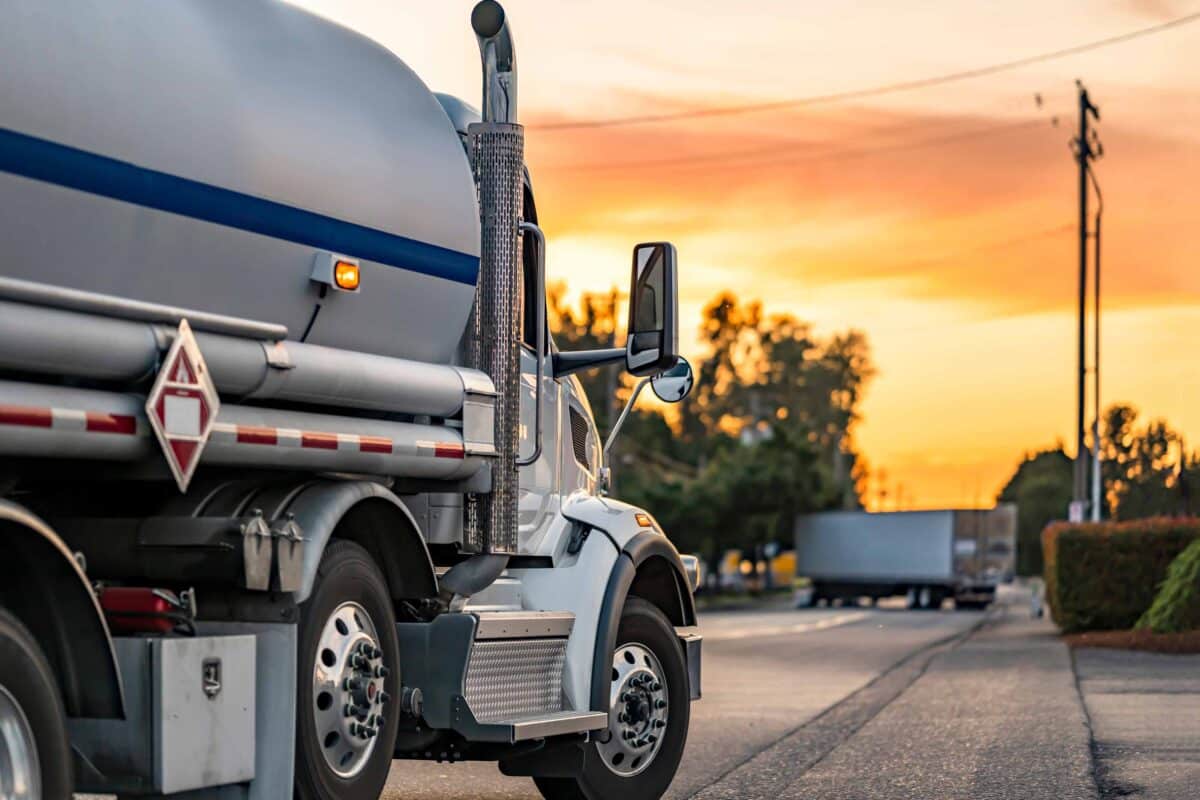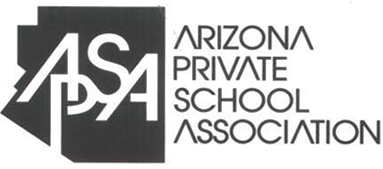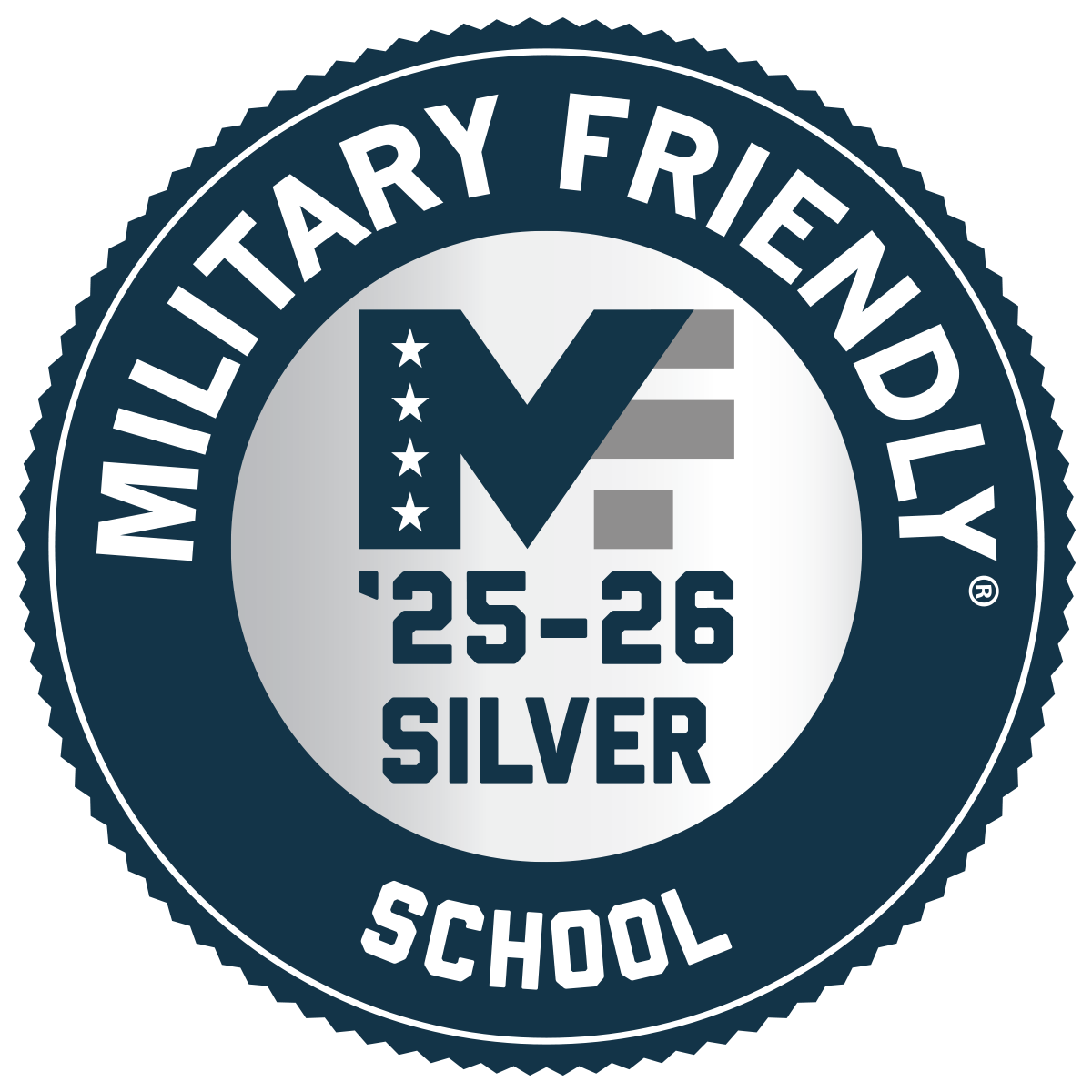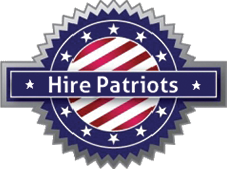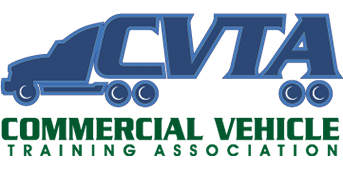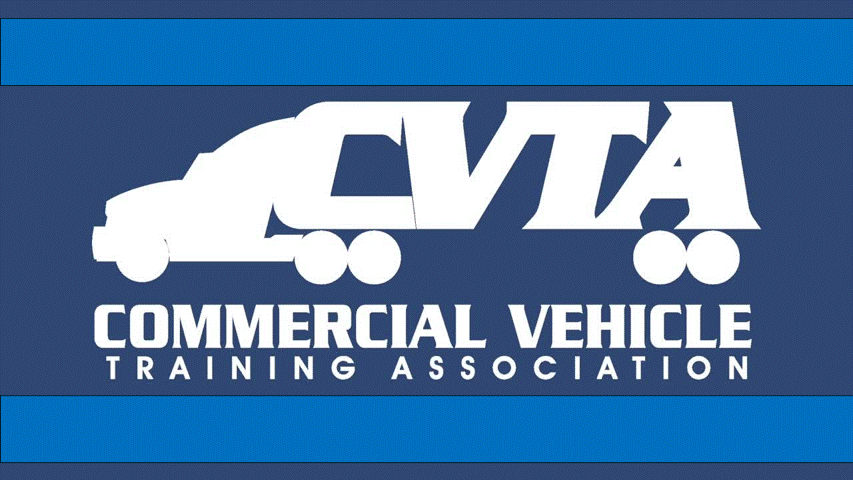If you’re thinking about a career driving a commercial motor vehicle, understanding the difference between a commercial learner’s permit (CLP) and a full commercial driver’s license (CDL) is your first step. Whether you want to operate tractor trailers, school buses, or vehicles carrying hazardous materials, knowing the CDL process helps you stay on the road legally—and safely. Let’s break down what makes these two licenses different and how you can get both.
What Is a CDL Permit?
A commercial learner’s permit (CLP) is like a practice license for driving a commercial vehicle. It allows you to get behind the wheel with a qualified CDL holder in the passenger seat. You must have this permit before you can take the skills test needed to earn your full CDL.
To get your CLP, you must pass written knowledge tests on topics like general driving rules, air brakes, and any endorsements you want, such as for hazardous materials or school buses. The Federal Motor Carrier Safety Administration (FMCSA) requires that you hold the permit for at least 14 days before applying for the full CDL.
What Is a Full CDL?
A commercial driver’s license (CDL) allows you to legally operate a commercial motor vehicle (CMV) on your own. Once you’ve passed the skills test, which includes a pre-trip inspection, basic vehicle control, and an on-the-road driving portion, you’ll be eligible for a CDL.
There are different types of CDLs depending on what you’ll be driving:
- Class A CDL: Needed for driving tractor trailers or combination vehicles.
- Class B CDL: For operating straight trucks, large buses, and other single vehicles over 26,001 pounds.
- Class C CDL: For smaller vehicles that carry passengers or hazardous materials.
How Do You Get Both?
Here’s a basic outline of how to go from permit to full license:
- Meet state CDL requirements. In Arizona, you must be at least 18 for intrastate and 21 for interstate driving. You also need a valid Arizona driver’s license and at least one year of driving experience.
- Pass a DOT physical exam.
- Apply for your CLP. This involves passing written tests at the DMV.
- Complete entry-level driver training from an FMCSA-approved school like Yuma Truck Driving School.
- Hold the permit for at least 14 days.
- Take the skills test to earn your full CDL.
Make sure you can read and speak English well enough to understand road signs and fill out necessary reports—this is part of the motor carrier safety administration requirements
Why CDL Training Matters
Entry-level driver training isn’t just a box to check—it prepares you for the real-world responsibilities of driving a commercial vehicle. Training also helps you pass the CDL skills test with confidence and prepares you to meet federal and state driver’s licensing (CDL) rules.
At Yuma Truck Driving School, we offer hands-on training and flexible programs that get you road-ready fast.
Ready to Get Started? Let’s Roll!
If you’re serious about obtaining a CDL, Yuma Truck Driving School can help you go from learner’s permit to full CDL with expert training and support every step of the way. Whether you’re aiming for a Class A or Class B CDL, we’re here to help you launch your career in driving a commercial vehicle.

